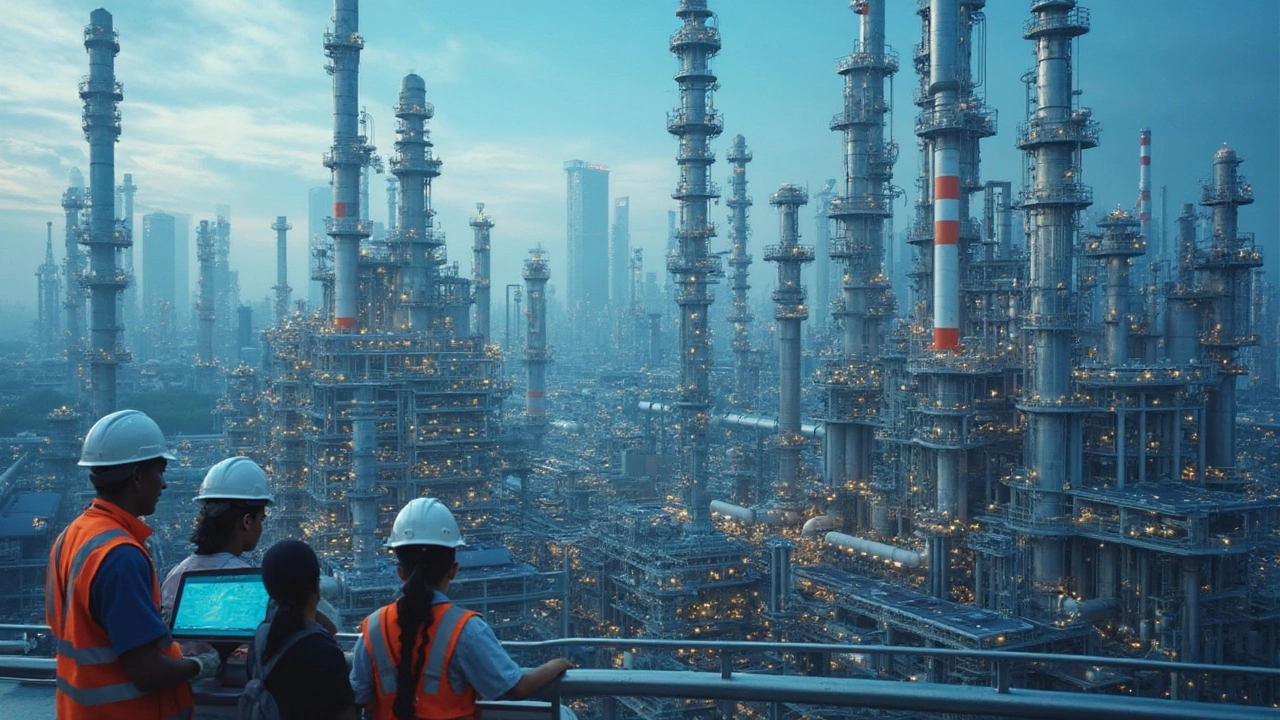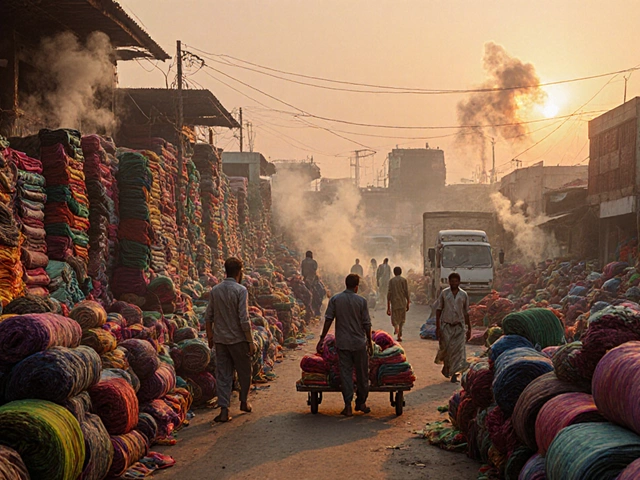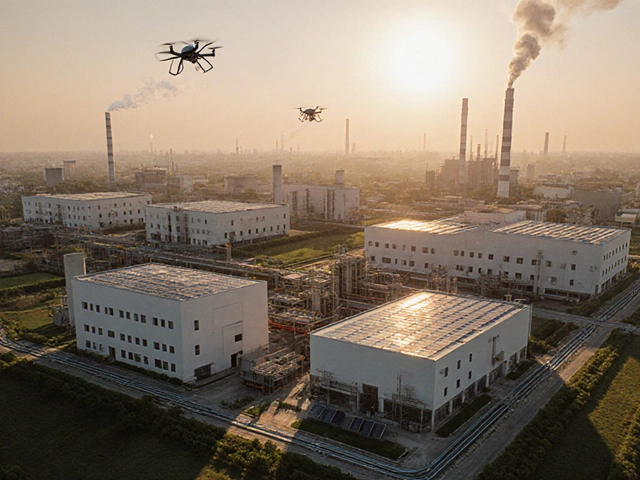Global Chemicals – What’s Shaping the Industry in India Today?
When you hear "global chemicals," you probably picture big labs, massive plants, and a maze of rules. In India, the scene is buzzing with new projects, tighter safety laws, and a push for greener processes. Whether you’re a factory owner, a supplier, or just curious about where the next big chemical is coming from, this guide breaks down the key forces you need to know.
Top Trends Driving the Chemical Landscape
First up, green chemistry is no longer a buzzword. Companies are swapping hazardous solvents for water‑based alternatives and investing in waste‑to‑value technologies. The government’s push for a circular economy means you’ll see more recycling plants and less landfill‑bound waste. Second, digital tools are speeding up everything from batch monitoring to predictive maintenance. A simple sensor can now alert you to a temperature spike before a batch goes off‑spec, saving time and money.
Third, demand for specialty chemicals—think pharma‑grade APIs, high‑performance polymers, and agro‑chemicals—is soaring. Farmers need better crop protectors, and manufacturers need lighter, stronger plastics for automotive and aerospace parts. This demand fuels higher margins compared to bulk commodity chemicals.
Regulations You Can’t Ignore
The list of banned chemicals in India keeps growing. Substances like certain phthalates, lead‑based pigments, and outdated solvents are now off‑limits. Staying compliant means regularly checking the Ministry of Environment’s updates and adjusting formulations quickly. Non‑compliance can shut down a plant overnight, so keeping a compliance calendar is a smart move.
Another rule that’s gaining traction is the Chemical Safety Board’s requirement for safety data sheets (SDS) to be available in multiple regional languages. This helps workers understand hazards better and reduces accident rates. If you’re exporting, remember that the EU REACH and US TSCA standards often apply, so a dual‑compliance strategy is essential.
Finally, the “Make in India” incentive program offers tax breaks and subsidies for setting up modern, environmentally friendly units. If you’re planning a new plant or an upgrade, tap into these benefits early to cut capital costs.
Putting it all together, the global chemicals arena in India is a mix of opportunity and responsibility. Embrace greener processes, leverage digital tools, stay ahead of regulatory changes, and you’ll position your business for steady growth. Keep an eye on specialty segments, and don’t forget to use government incentives to boost your bottom line.
Ready to take the next step? Start by auditing your current chemicals list for any banned substances, explore a pilot project with a biodegradable solvent, and map out a roadmap for digital integration. The future of chemicals in India is fast, clean, and full of potential—grab it while it’s hot.
World's Largest Chemical Manufacturer: Who Holds the Crown?
Curious about the biggest name in the chemical business? This article uncovers who leads the global chemical manufacturing scene, breaking down what sets them apart. It dives into their production scale, market impact, and where Indian manufacturers fit in the race. Get a behind-the-scenes look at their strategies and how they drive innovation. Find practical info and real-world examples to understand why scale matters and what it means for buyers, investors, and aspiring chemists.
Read More




